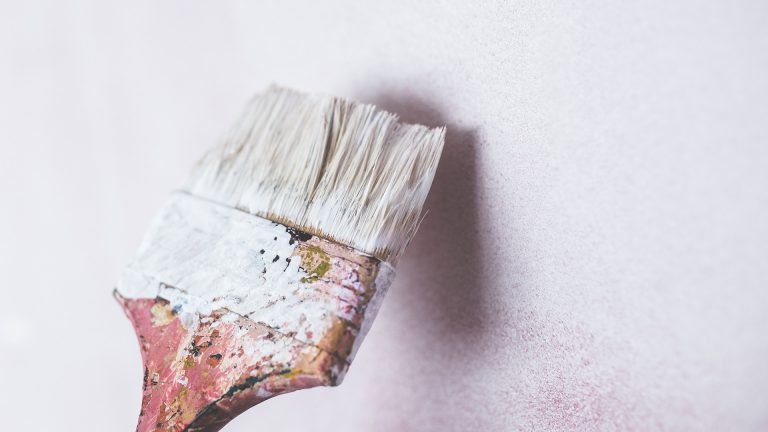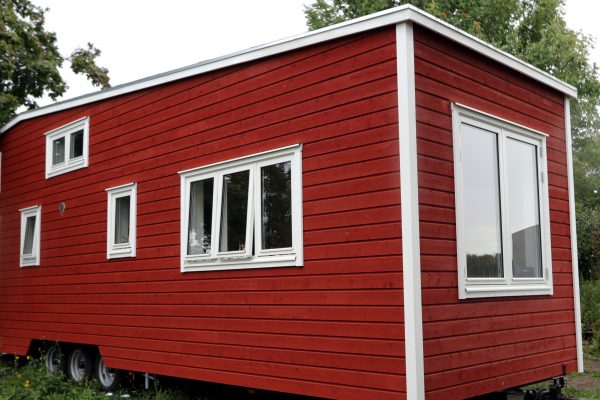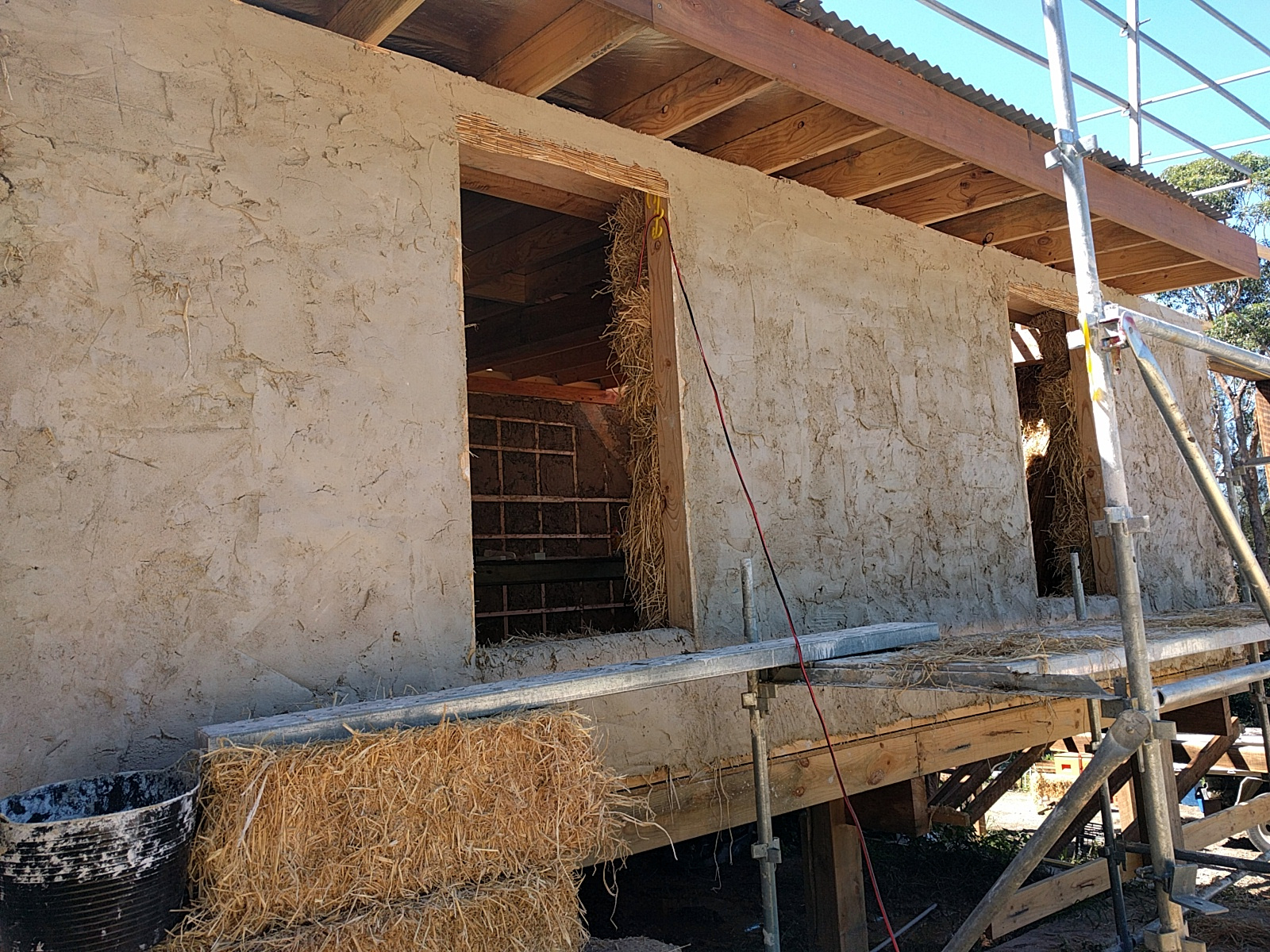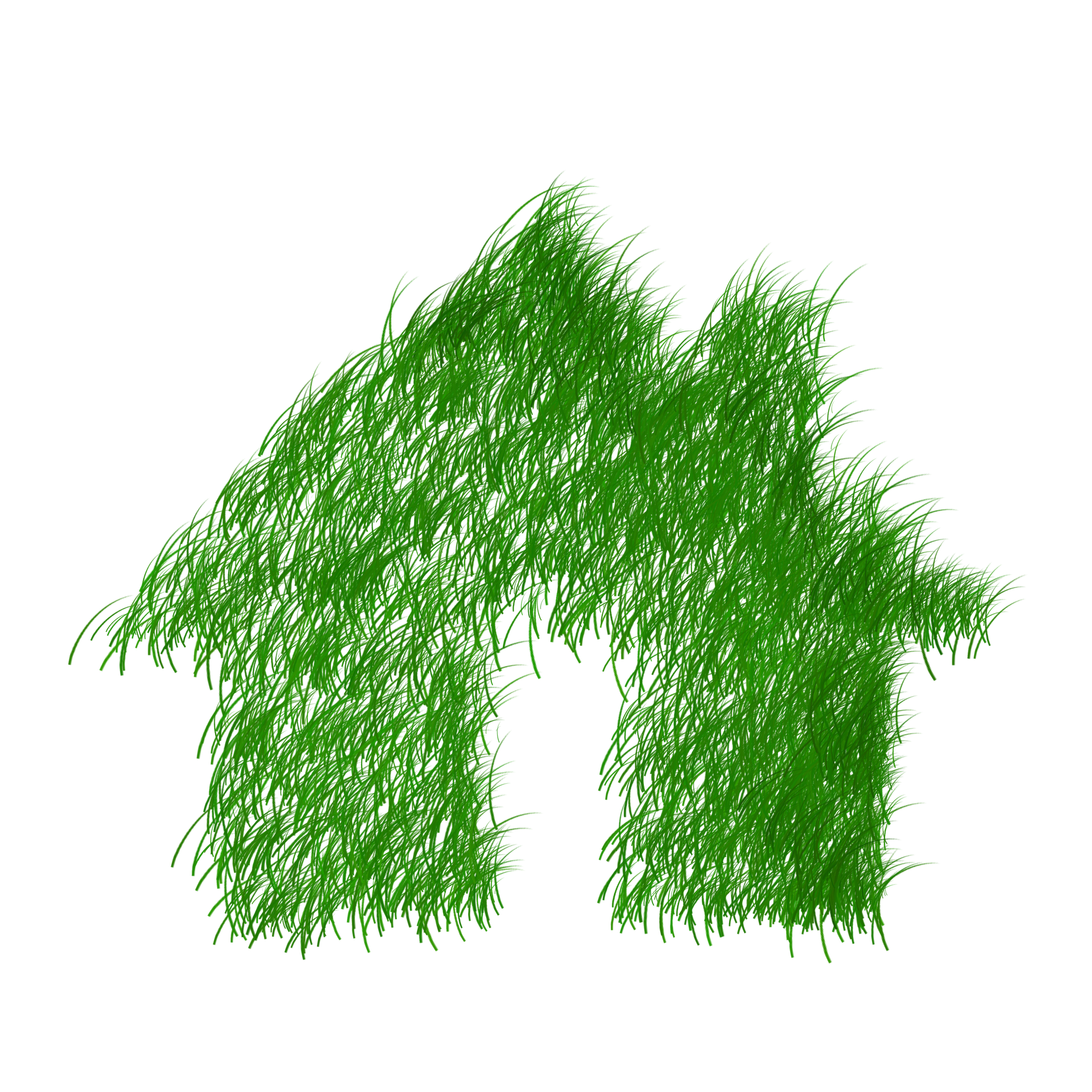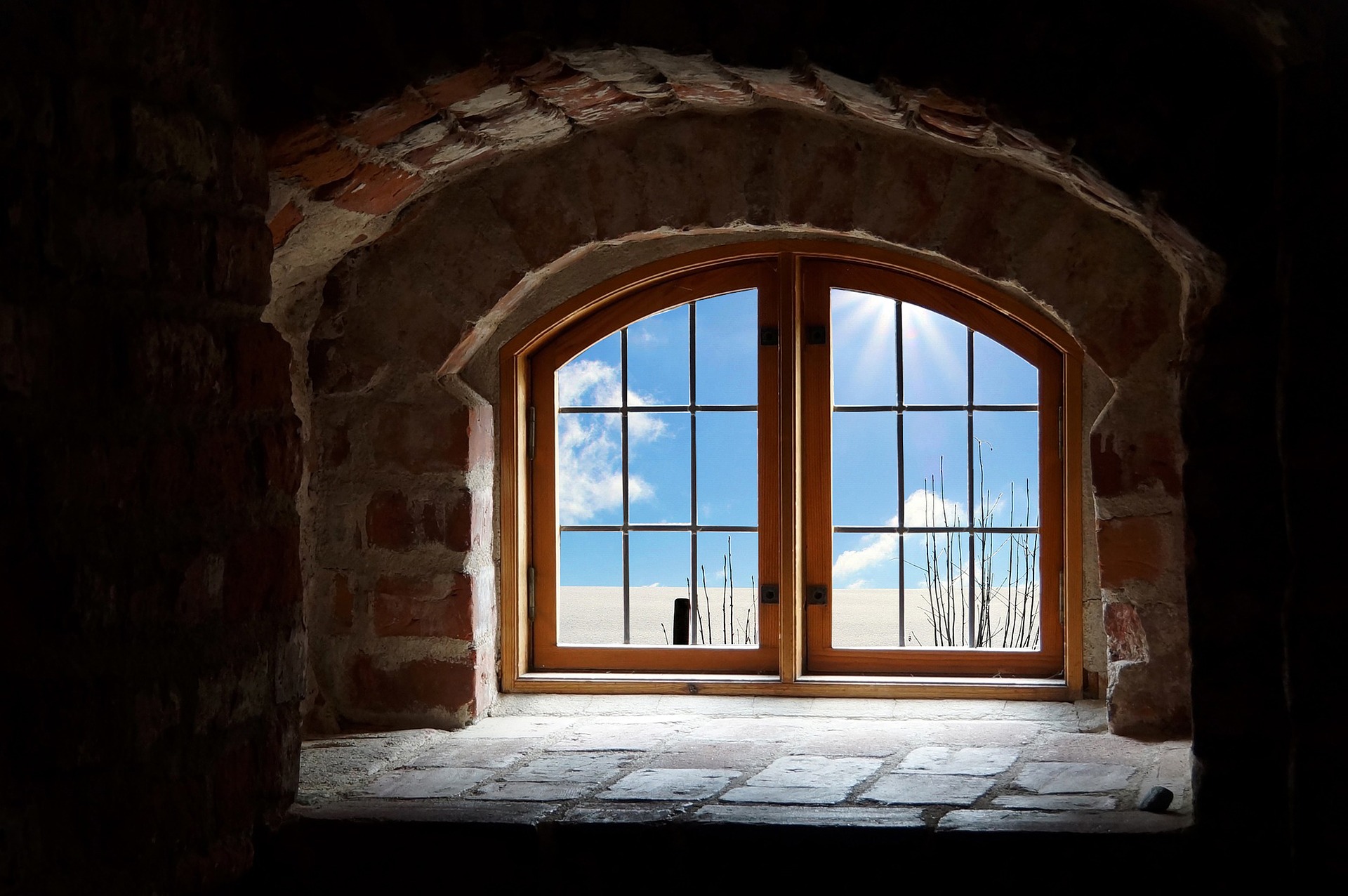Building our tiny house gave me (among many) one freedom I really enjoyed: deciding on wall paint. We have wooden walls in the whole house and I spent some time researching the different options I had for natural wall paint. In the end I tried a clay paint in white. I’m not entirely happy with it so I will work with it. But in the meantime, I’d like to use the opportunity for a little overview of wall paints you can make at home and which are not only natural but also mostly edible.
Before I begin, one important characteristic of wall paint is this: it needs to contain three elements – a binder, a solvent, and pigments. The binder is important to connect (bind) the pigments to the wall. The solvent allows the pigments and the binder to stay spreadable. The thinner evaporates once the pigments are on the wall (or the item you want to paint). The pigments, well, that’s your colour.
With that said, let’s get into the options.
Casein paint
Casein paint is my absolute favourite.
The paint utilises casein, a major ingredient in mammalian milk. You find casein in cheese, protein supplements, and until around 1960 in every paint. Casein paint has been used in Egyptian temples and some artists still use it today. Andy Warhol, for example, used casein paint in his early works.
Casein paint is simple to make at home. All you need is milk, preferably thick milk like quark, alkali in the form of lime, borax or salts of hartshorn (Ammonium carbonate), pigments, and water. You simply mix the milk (or quark) with the alkali and let it sit for around two hours. At about the same time you need to add the pigments to the water and also let that sit for a while. When you’re ready to paint, you combine the two and use it like any normal paint on the wall.
I love the simplicity of this wall paint. And if it wouldn’t be for the pigments and alkali, which I have a hard time finding to buy, it would be on my walls already.
Egg paint
A friend of mine told me about egg paint and it sounds just like the casein paint, completely natural.
You need egg yolks, pigments, and some water. The process to get to egg paint is a little more complex than casein paint because you need to drain the yolk sacks and only use the pure yolks. Once they are drained, you combine the yolks with the pigments and have to work quickly to get it on the wall. More detailed instructions are on this website.
Beer paint
Although beer paint can make your house smell like a pub for a little while, it is surprisingly cheap and easy to make.
You’ll need beer and pigments. The wort of the beer is the binder, the water (in the beer) the solvent. All you need to do is to add pigments and off you go. Just a hint: the darker the beer the more wort it has and therefore the more pigments it can bind.
Beer paint tends to be more translucent than casein and egg paint. It works well on wood but don’t expect a full cover.
Clay paint
Clay paint is the one I ended up using. I admit that I bought it ready-made and didn’t use any of the recipes out there. The process seems, after all, a little more complex.
The recipes start with a starch paste which is diluted with water and coloured with the pigments. Check here or here for more detailed instructions.
I bought mine in a bucket, ready to use. And I can say that I really enjoyed working with it. It spreads evenly and makes the wall look painted evenly, even when I didn’t paint very precisely.
The reason I don’t like the clay paint on my wooden walls now is that clay paint is very matt. In particular, wood absorbs the paint very quickly. In combination with white, it seems dirty in places and I’m a little less excited than I was at first. My next try will be to add some pigments to the paint to see how colour works with it.
Now, these are a couple of ideas of natural paints for walls. With each of them, I highly recommend a colour test before applying it to the entire wall.
What gets me excited is that each of these paints contains something you could eat (even the clay). And honestly, that’s something I happily put on my walls.
